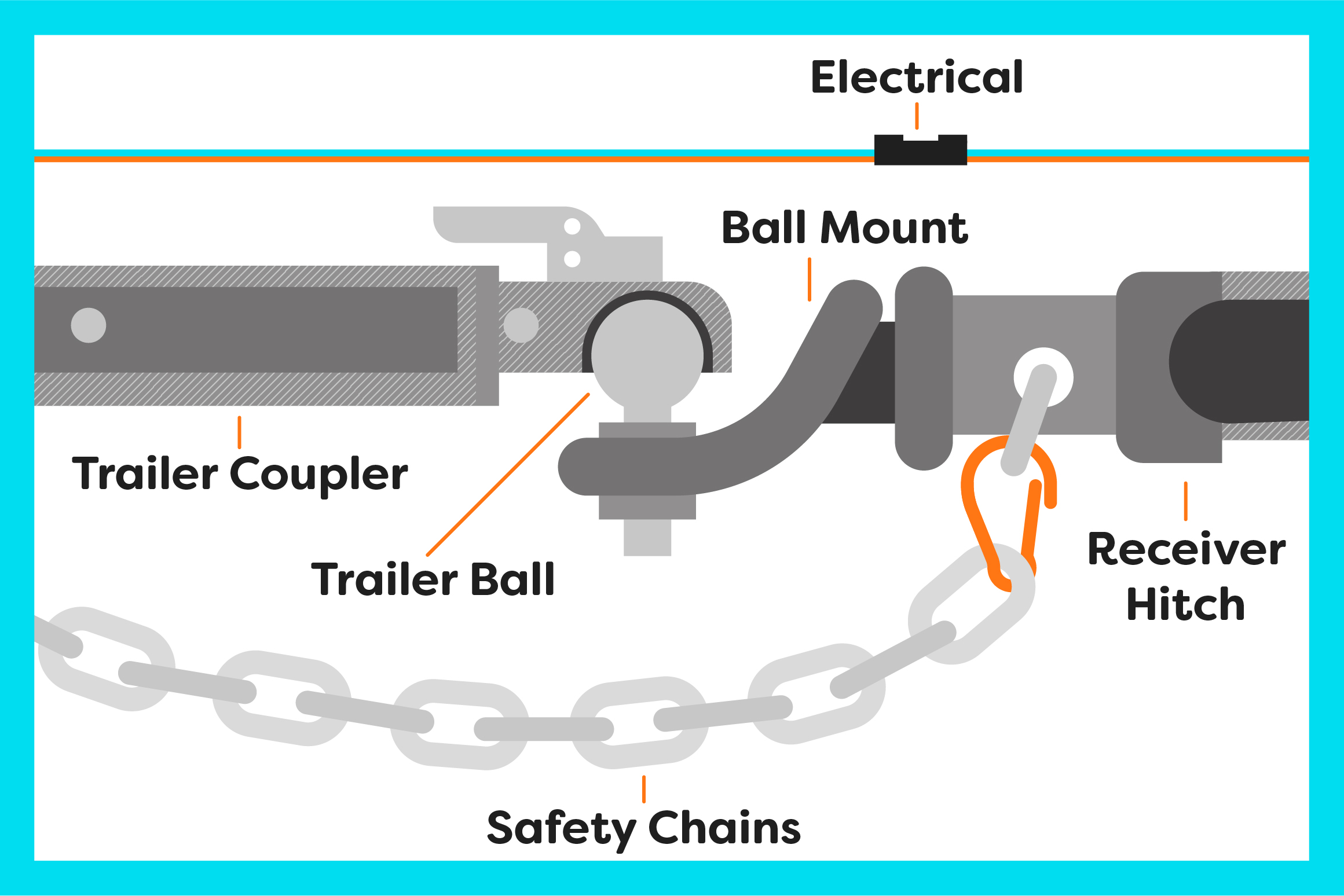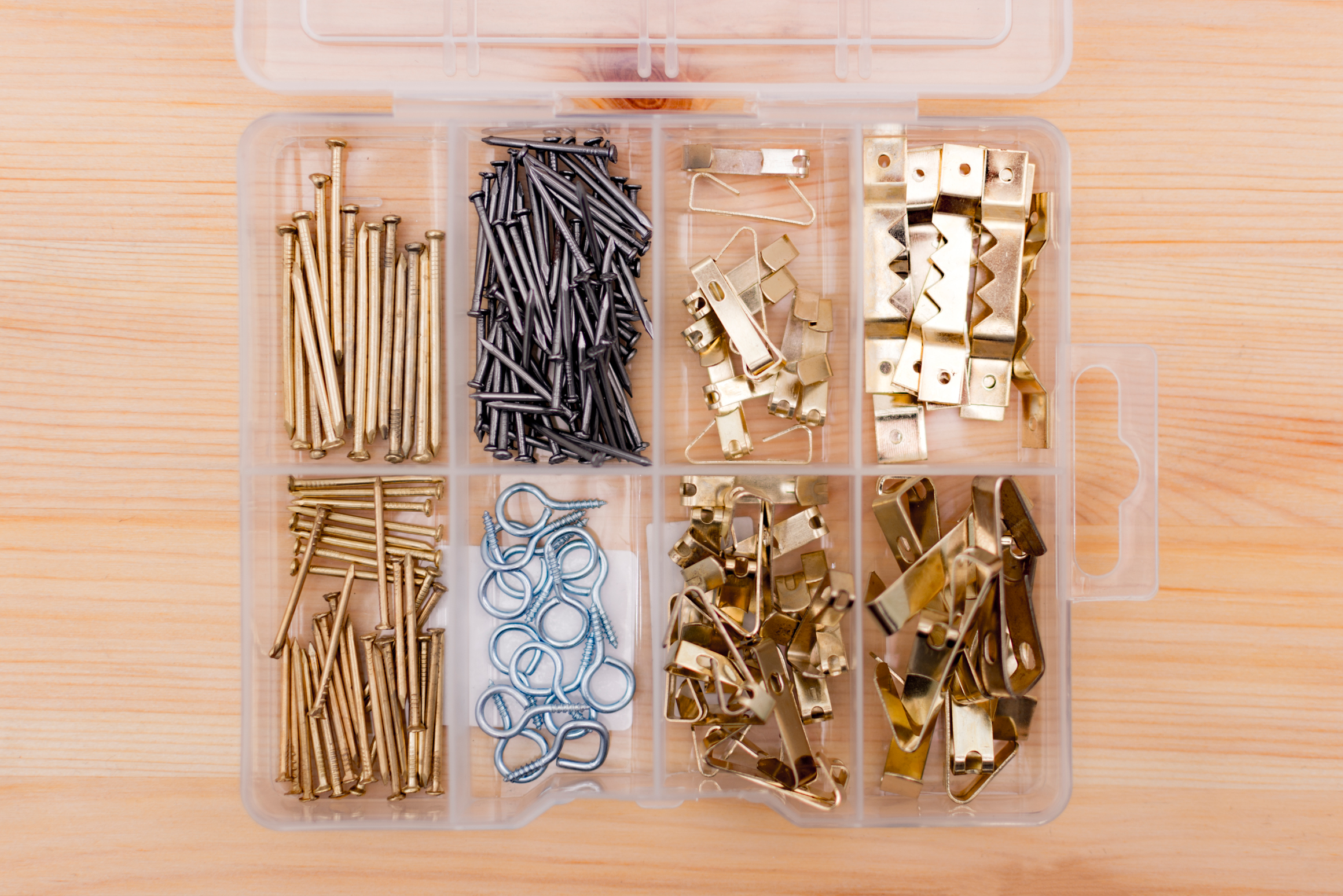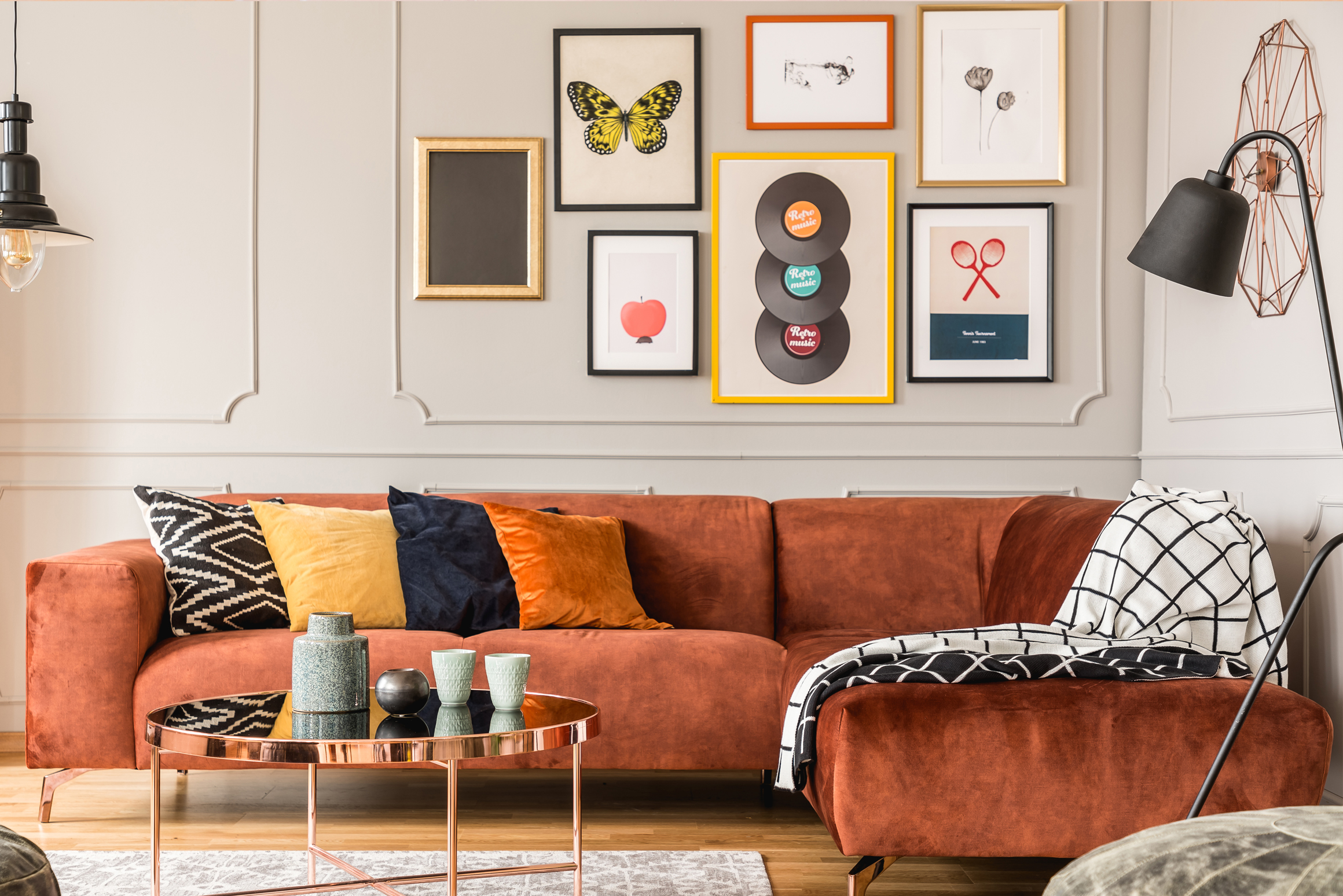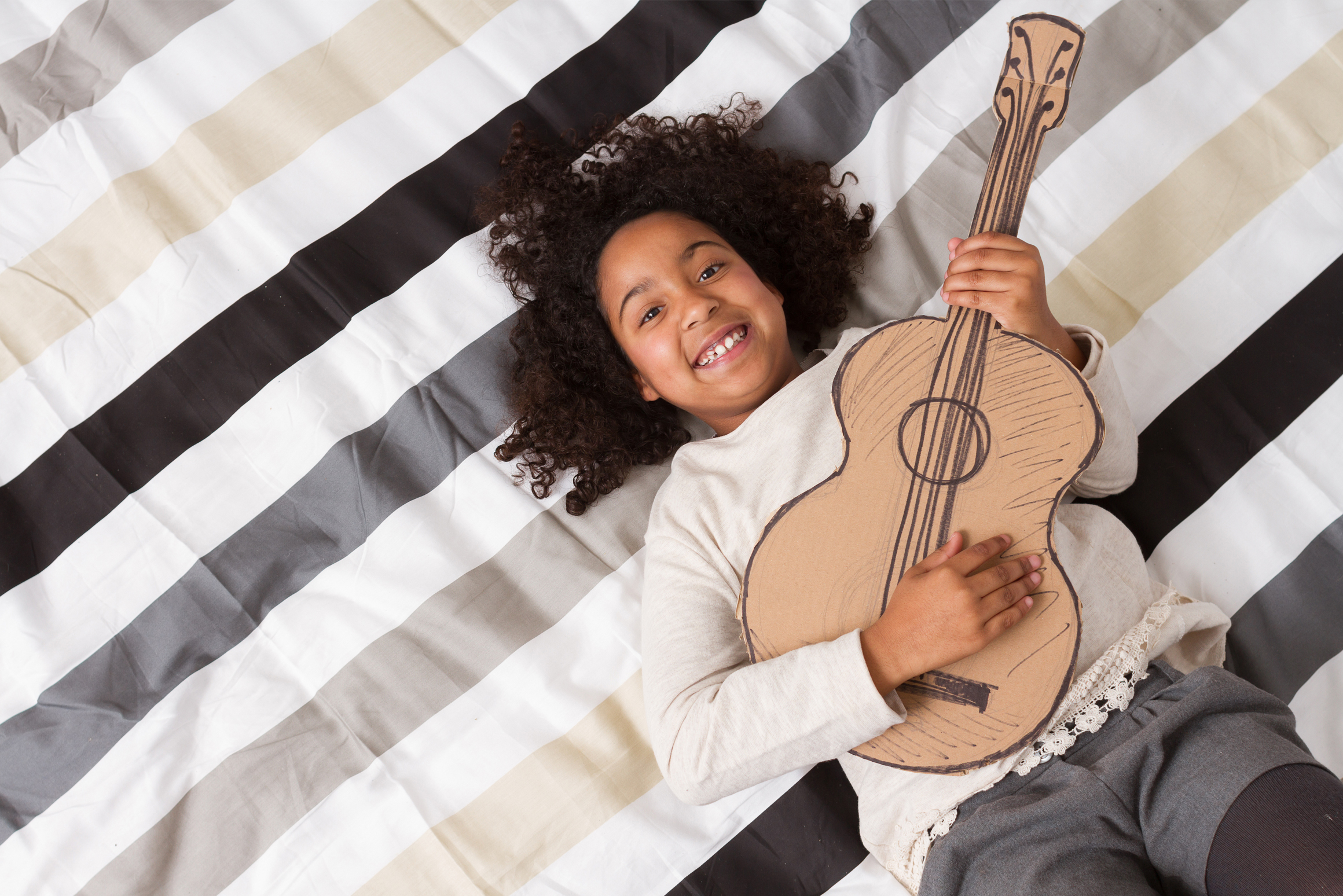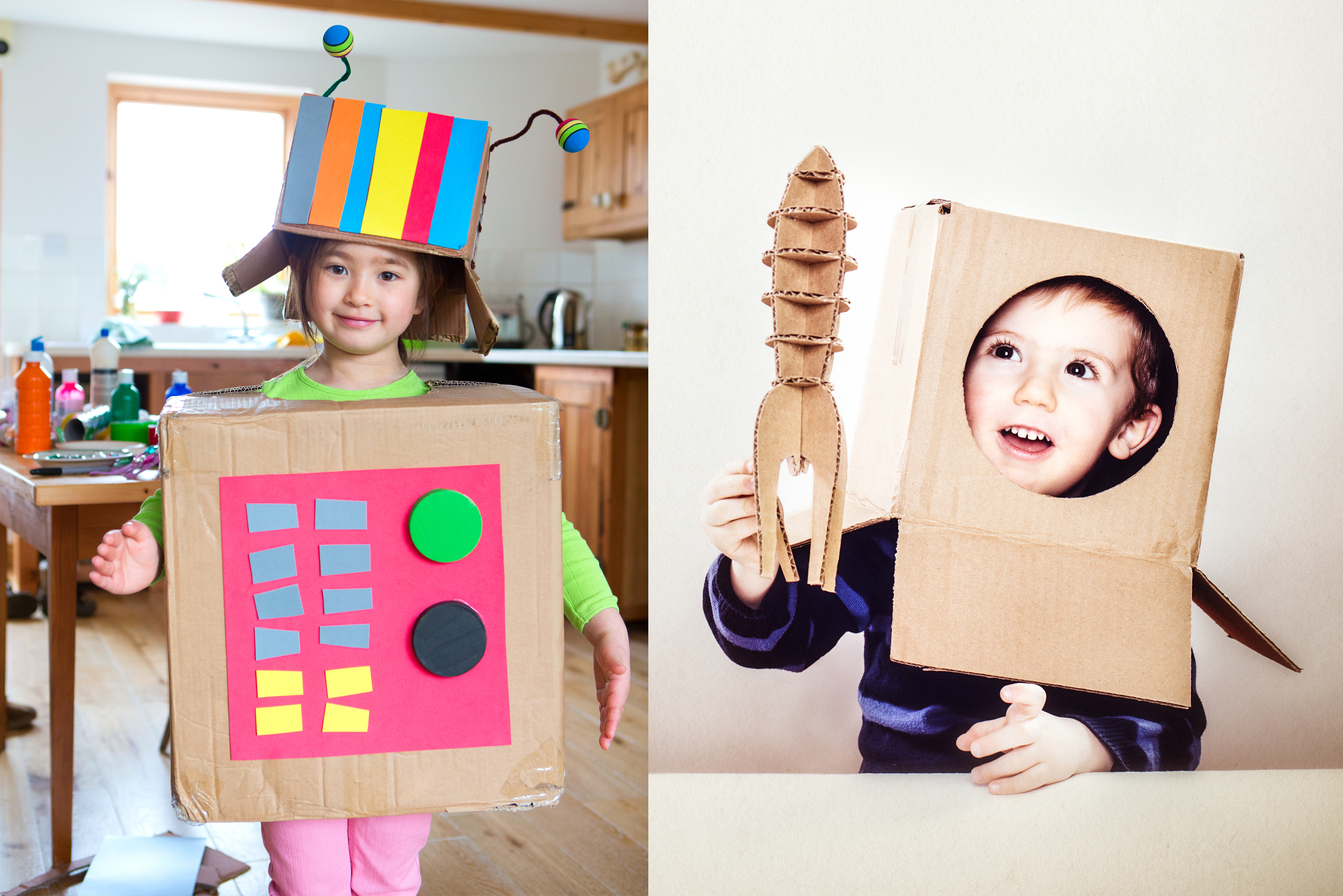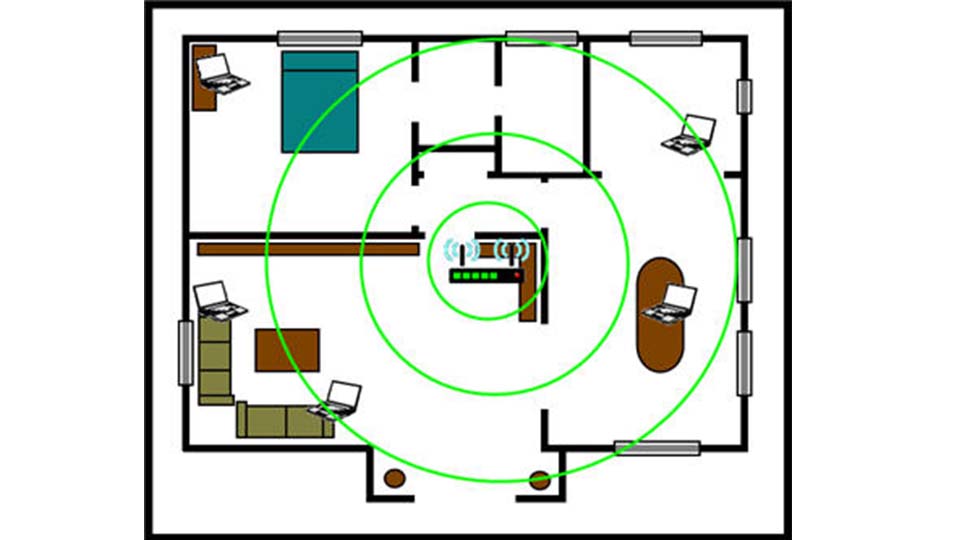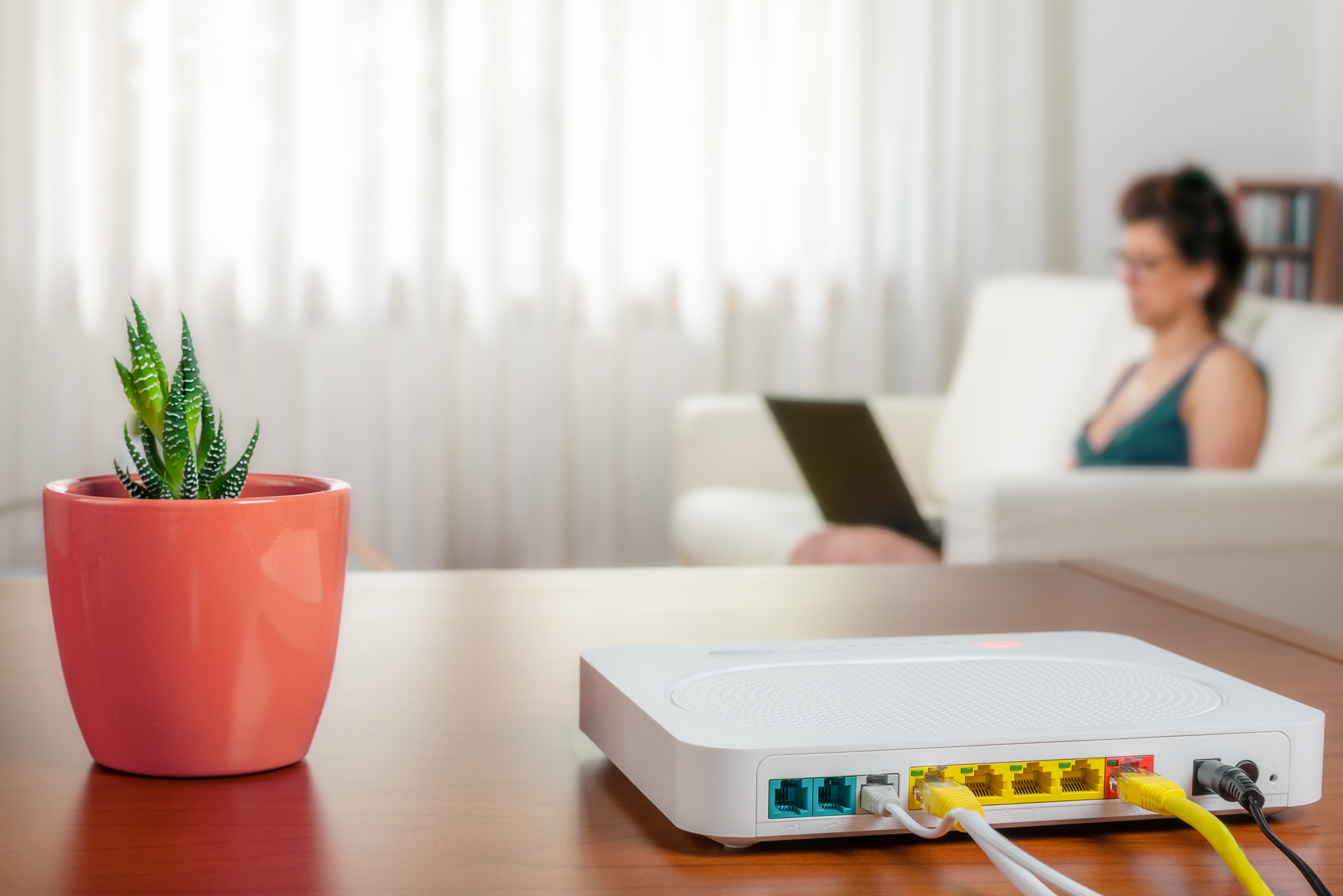Selecting a Nail
It’s important to select the correct nail because a nail that’s not meant to handle the weight of your artwork could equal the demise of your frame. Usually you can use a standard finishing nail to hang your photos or artwork. These tend to look inconspicuous and don’t leave large holes in your walls. There are different sizes of finishing nails, so make sure you select one that’s strong enough to hold your wall art. The gauge size determines the strength. The smaller the gauge – a number between 16 and 10 – the stronger the nail. The 16-gauge nails are best for light-weight sconces and picture frames, while the 10-gauge nails are better suited for heavy pictures and frames.
If you want to hang a picture frame on brick, stone, or concrete, opt for a screw and pre-drill the hole. Screw anchors will give extra support. You may choose anchors, which are ideal for wall adornments that are between 10 to 25 pounds. They work well to hang smoke detectors, bulletin boards, lightweight shelving, and light fixtures. They work well for wall-mounted mirrors on plaster walls, too. All-purpose drywall anchors are great for heavy picture frames, door chimes and wall-mounted mirrors on drywall. Use pointed mollys for shelving on drywall or plaster, or for mirrors that are over 20 pounds and placed on a plaster wall. Tap-in anchors work best for loads under 10 pounds. Metal toggle bolts support heavy loads of 25 to 50 pounds in plaster, concrete block, or drywall. The plastic variety are best for drywall and plaster and should only hold 10 to 25 pounds. Use mirror clips for frameless wall-mounted mirrors.
Hammering in the Nail
When you hammer them in the wall, you should hammer at a 45-degree angle for the best results. Try hammering them into a stud if possible. If you’re hanging something heavy, it’s a necessity to nail it into a stud.

